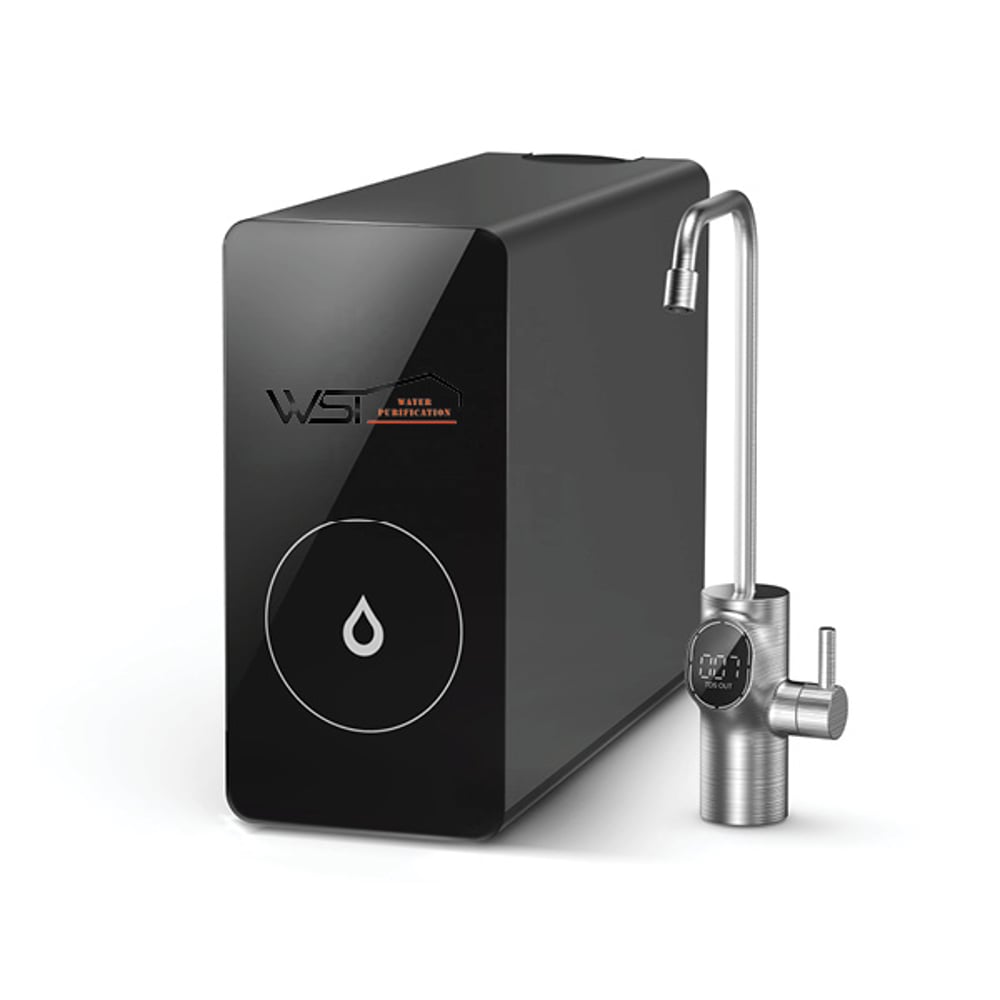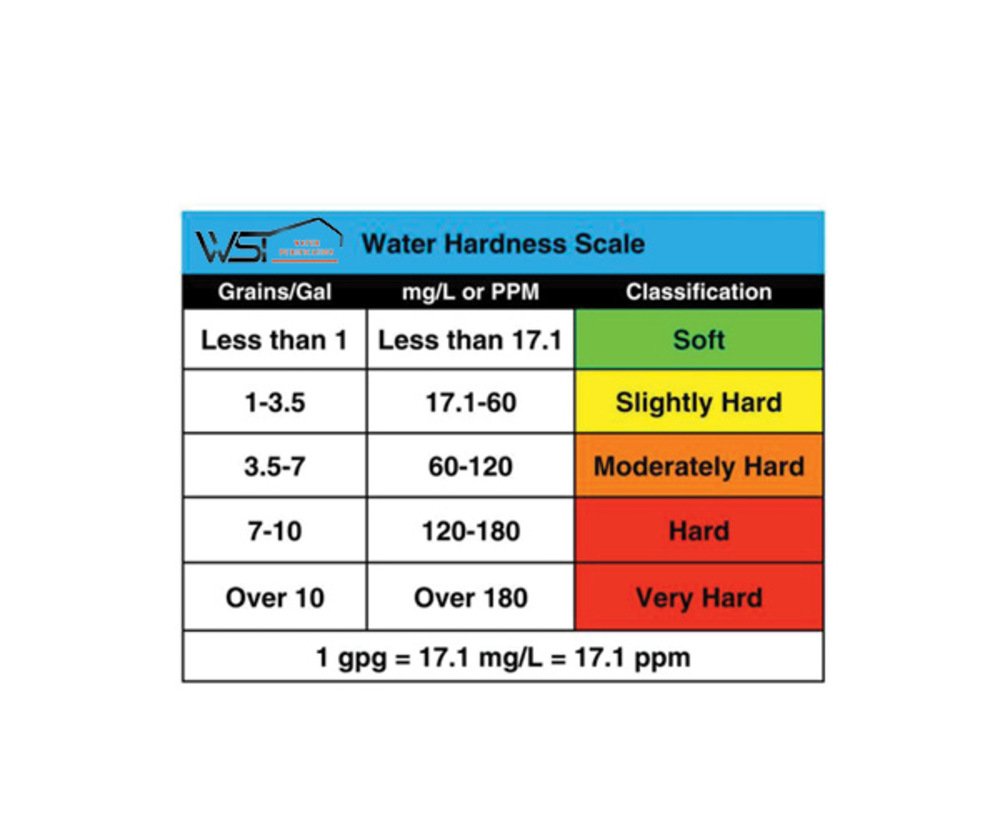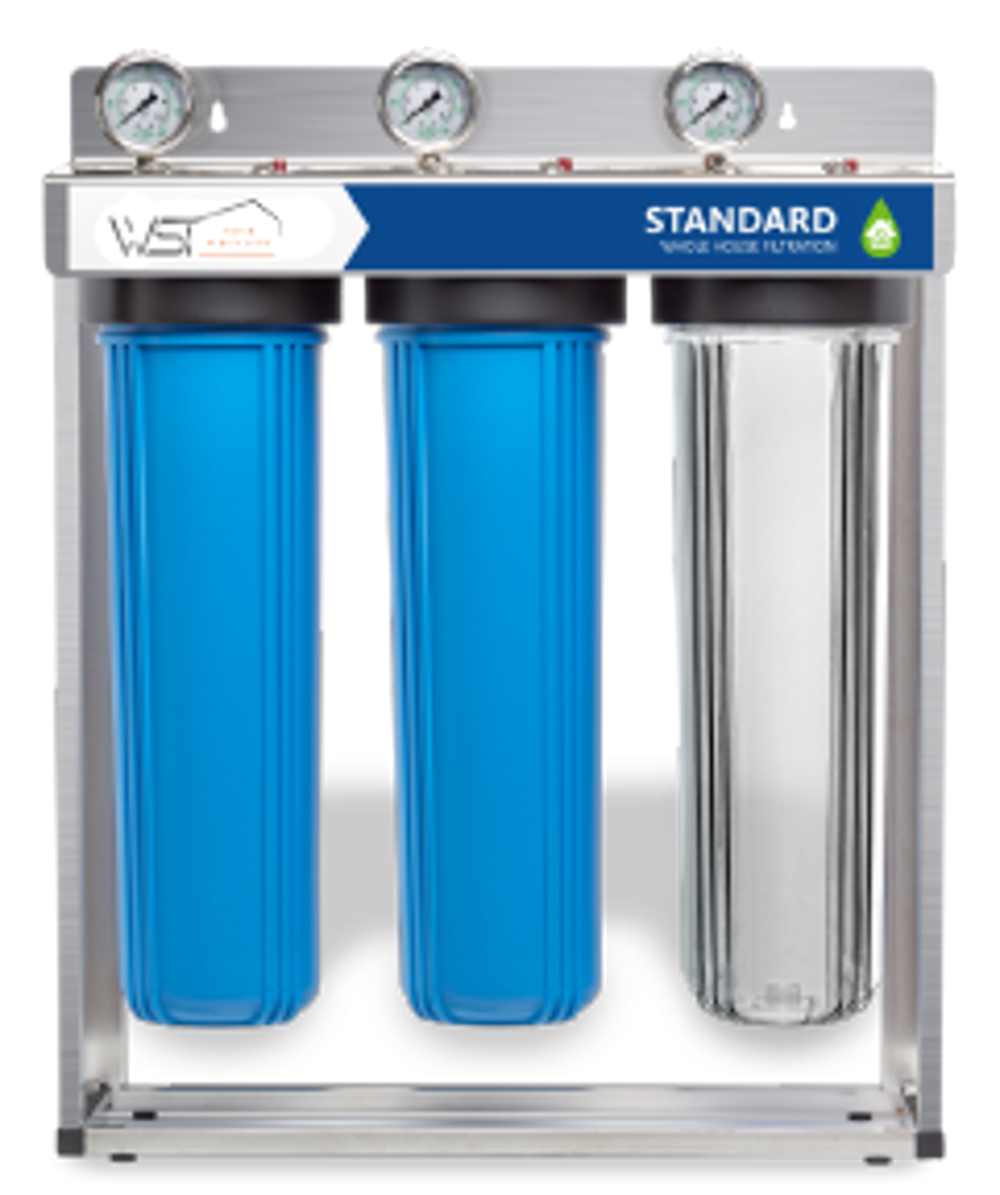
Water-related Diseases and Contaminants in Public Water Systems The United States has one of the safest public drinking water supplies in the world. Over 286 million Americans get their tap water from a community water system (1). The US Environmental Protection Agency (EPA) regulates drinking water quality in public water systems and sets maximum concentration levels for water chemicals and pollutants. Sources of drinking water are subject to contamination and require appropriate treatment to remove disease-causing contaminants. Contamination of drinking water supplies can occur in the source water as well as in the distribution system after water treatment has already occurred. There are many sources of water contamination, including naturally occurring chemicals and minerals (for example, arsenic, radon, uranium), local land use practices (fertilizers, pesticides, concentrated feeding operations), manufacturing processes, and sewer overflows or wastewater releases. The presence of contaminants in water can lead to adverse health effects, including gastrointestinal illness, reproductive problems, and neurological disorders. Infants, young children, pregnant women, the elderly, and people whose immune systems are compromised because of AIDS, chemotherapy, or transplant medications, may be especially susceptible to illness from some contaminants.
Top 10 Causes – Outbreaks in Public Water Systems* Giardia
Legionella
Norovirus
Shigella
Campylobacter
Copper
Salmonella
Hepatitis A
Cryptosporidium
E. coli, excess fluoride

𝟓-𝐬𝐭𝐚𝐠𝐞 𝐜𝐨𝐦𝐩𝐨𝐬𝐢𝐭𝐞 𝐟𝐢𝐥𝐭𝐞𝐫 & 𝐞𝐟𝐟𝐞𝐜𝐭𝐢𝐯𝐞 𝐟𝐢𝐥𝐭𝐫𝐚𝐭𝐢𝐨𝐧: RO Reverse Osmosis Water Filtration System for home 600 GPD Fast Flow Tankless filter system adopts a 5-in-1 composite reverse osmosis filter with a DOW reverse osmosis membrane that has a pore size of 0.0001μm. The 5-stage filtration reduces pollutants from water, including TDS, lead, chlorine, salt, nitrates, PFAS, lead, sodium, chromium, benzene, etc. Now you can enjoy high-efficiency filtration with just one filter!

WHAT ARE THE BENEFITS OF USING A WATER SOFTENER ?
There are many benefits to using a water softening and filtration system.
1. SOFTER SKIN AND SILKIER HAIR For starters, you’ll have softer skin and silkier hair because hard water aren’t causing damage. Since your skin won’t be so dry, you won’t have to apply tons of lotion every time you bathe, which saves money. Soap forms a curd instead of a lather with hard water, but it lathers easily with soft water.
2. LESS SOAP USED In addition, you’ll be able to use up to 50% less soap with softened water. As a result, saving money on soap is one of the best side advantages of water softeners.
3. LESS SCALE AND SCUM BUILDUP A major purpose of a water softener is to reduce scale buildup. This means you won’t have to spend time scrubbing to try to remove all the buildup from your showers, sinks and other surfaces. In turn, you’ll save money on cleaning products, too. When cleaning with soft water, you won’t need to use as much soap or detergent, and you also won’t need to buy cleaning products to remove scale buildup, making many parts of your house much easier to clean.
4. FEWER STAINS ON DISHES Those annoying spots on your dishes, shower doors, fixtures and really anything water touches are caused by hardness minerals in your water. Removing these minerals virtually eliminates these unsightly spots. Since soap doesn’t easily rinse away with hard water, you’ll often see a ring of soap scum around your bathtub and sink. With softened water, the soap will simply wash down the drain.
5. MORE EFFICIENT LAUNDRY AND PROTECTION FOR YOUR CLOTHES Soap curd gets stuck between clothing fibers, and laundry can become stiff and discolored as a result. Your clothing and linens will last longer if washed in softened water.
6. PROTECTED PIPES AND APPLIANCES Hardness minerals build up inside of pipes and appliances, causing damage and inefficiency. You can avoid these problems with a whole-house water softener.

WHAT ARE THE BENEFITS OF USING A WHOLE HOUSE FILTER ?
Removes Dangerous Chemicals and Contaminants A whole house system can remove many dangerous substances known to cause a variety of illnesses. It’s a good idea to have your water tested so that you can choose the appropriate system to meet the needs of your area. Some of the harmful contents your filter system may remove include:
Chlorine is considered one of the most dangerous contaminants in our drinking water. In some areas, chlorine levels in homes may be as high as in public swimming pools. Even then, it’s presence may not guarantee the absence of harmful microorganisms. Most experts agree that chlorine should be removed from any water before drinking.
Chlorine can have many detrimental effects, such as allergic reactions or increased risk of asthma attacks. Showering in chlorinated water can cause nasal and throat irritations, sneezing or a mild cough. It can also cause skin irritations. Children are especially susceptible to negative health issues. Chlorine has been linked to an increased risk of bladder cancer. This dangerous chemical also has the ability to damage cells and tissues in the body, affecting the cardiovascular and digestive systems.
Fluoride Although fluoride has been added to municipal water systems for years for oral health reasons, long-term exposure has been linked to such health issues as immune system disorders. It also may increase the signs of aging and affect cognitive functions.
Lead may leach into a water supply through old pipes or pipe soldering after the water leaves the treatment plant. Testing your water can tell you if this is a factor in your area. Identifying lead in any amount in your drinking water is cause for immediate action. There is no known safe level for lead in drinking water, especially for children. It is a highly toxic substance which can slow normal growth, cause learning disabilities, and damage the nervous system and blood cells.
Aluminum can be a by-product of water treatment facilities, but not in sufficient quantities to affect most people. However, some parts of the country experience a greater amount of naturally occurring aluminum in soil and groundwater, and if you live in one of these areas, you could have unhealthy amounts in your tap water. This is yet another reason to have your water tested. Studies indicate too much of this toxic mineral can accelerate the symptoms of Alzheimer’s or other brain disorders[4]. So if you find you have unusually high aluminum content in your drinking water, you will need a water filter which can accommodate its removal.
Toxic Substances Besides the above mentioned, there are many other types of toxins from pesticides, fertilizers, or other pollutants which may not be removed by regular water treatment procedures. These substances may cause a variety of symptoms and disorders, from headaches to mood swings to muscle weakness. Remove Toxic Exposure The right home water filter system can remove the dangerous, invisible toxins in your whole water supply. These toxins do not only affect you through drinking water. There are many other day-to-day water uses that can spread potential toxins throughout your home. Your body can absorb more chlorine through showering than through your drinking water, resulting in eczema and other skin irritations and dryness. A water filtration system eliminates the need to add a filter to the shower-heads in your home.